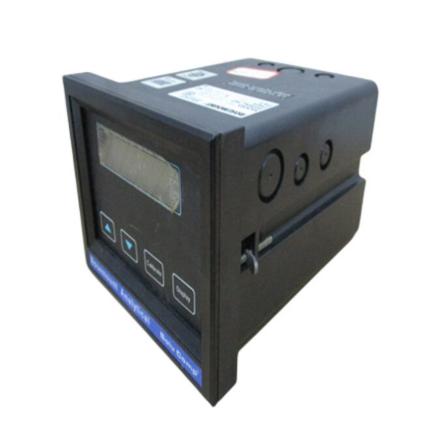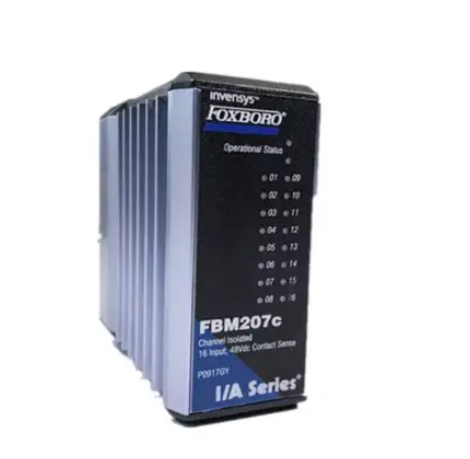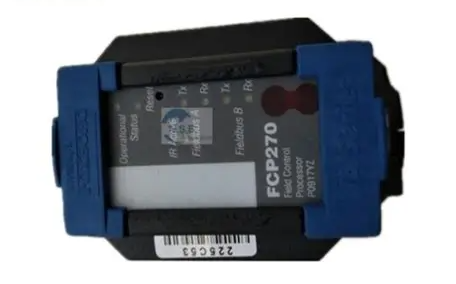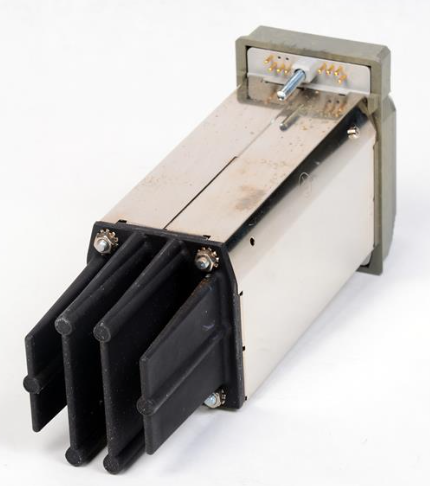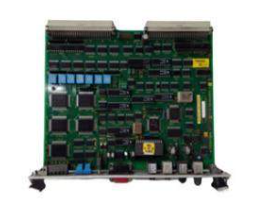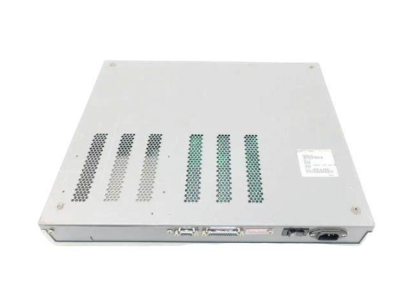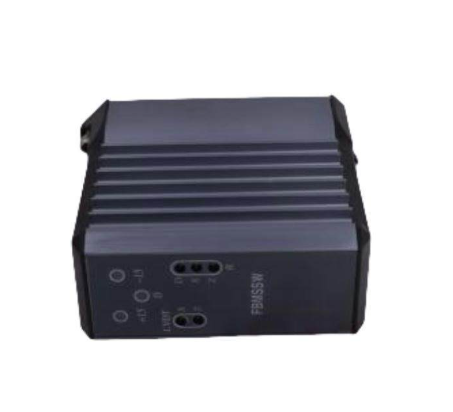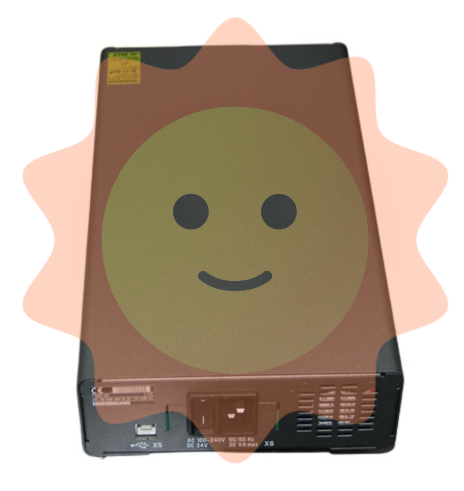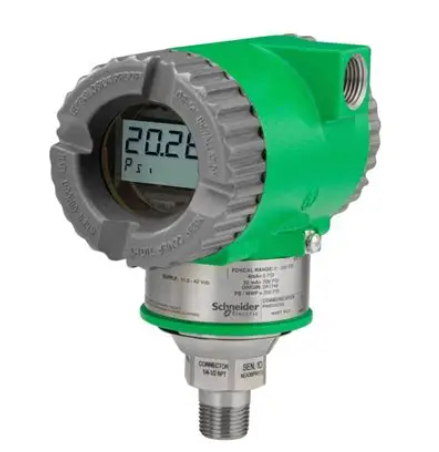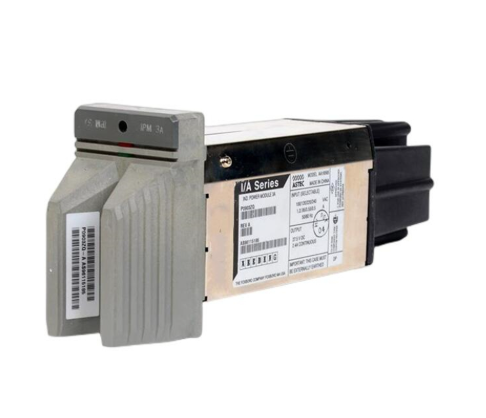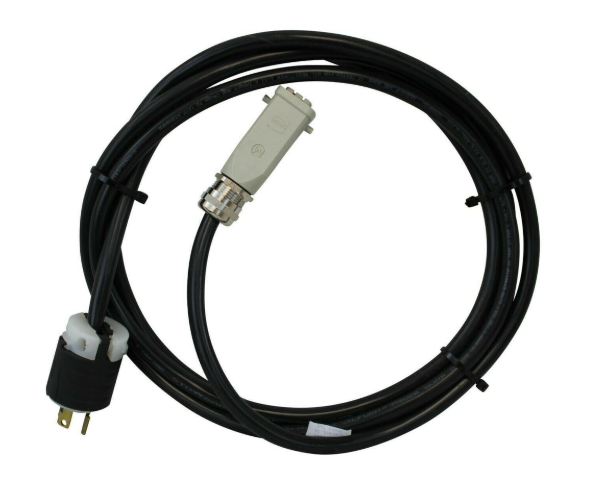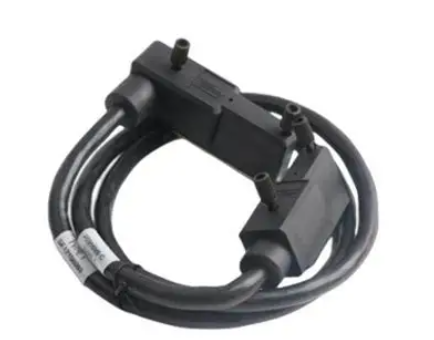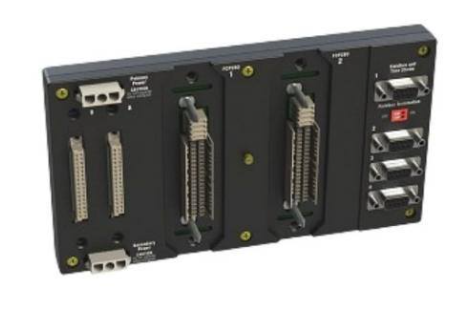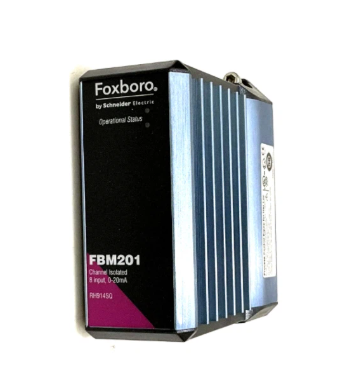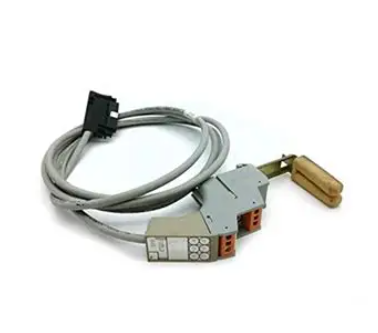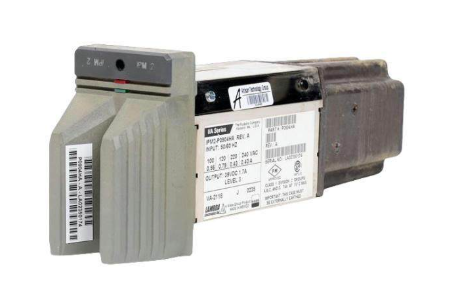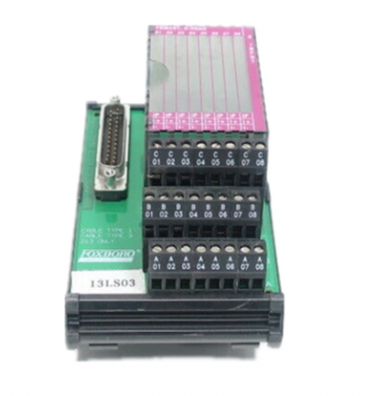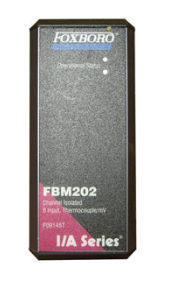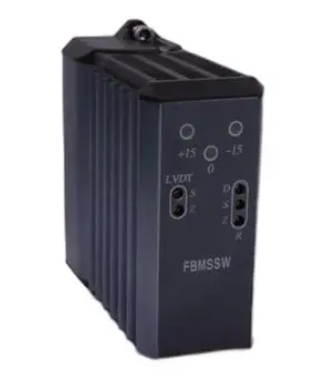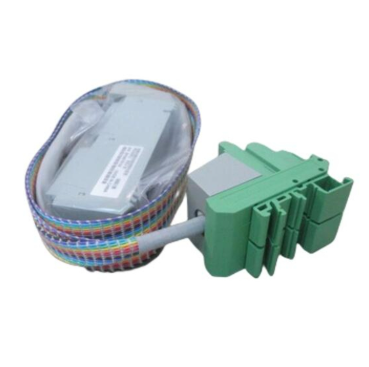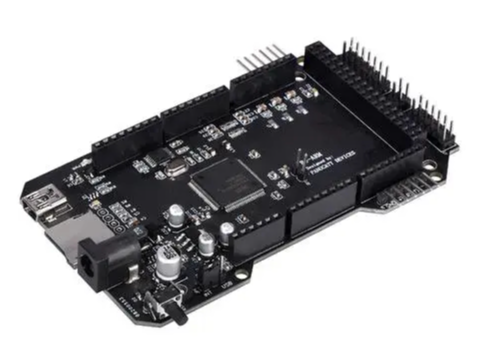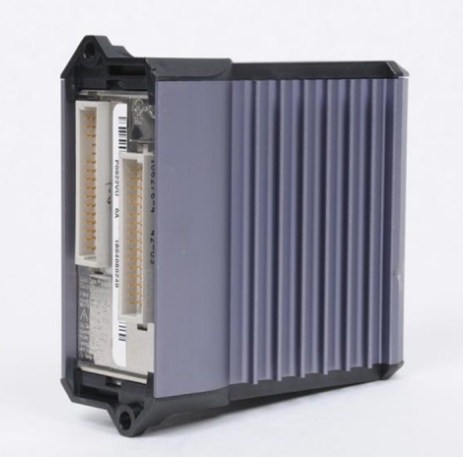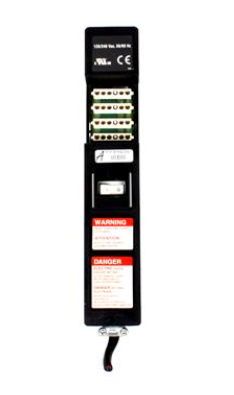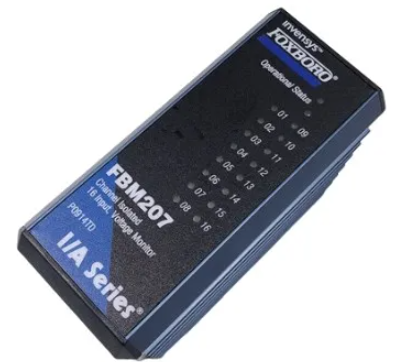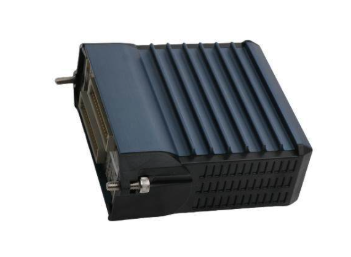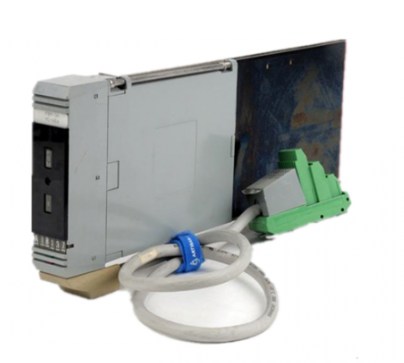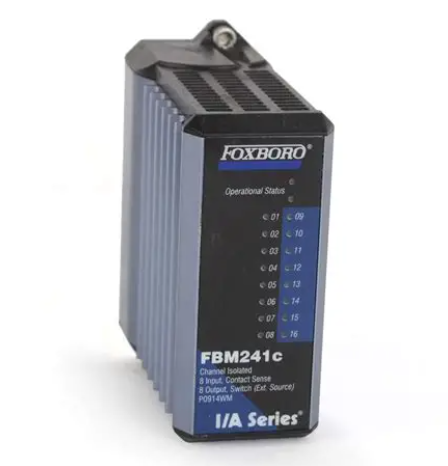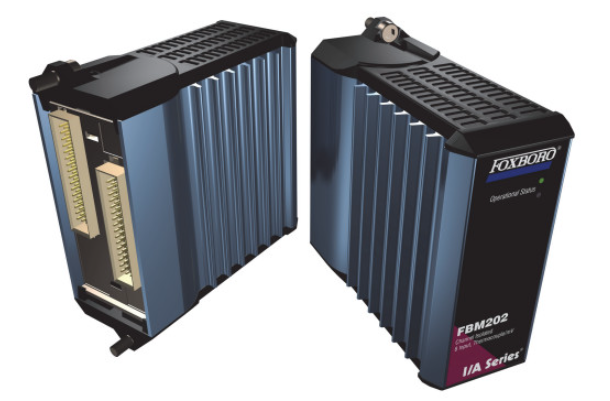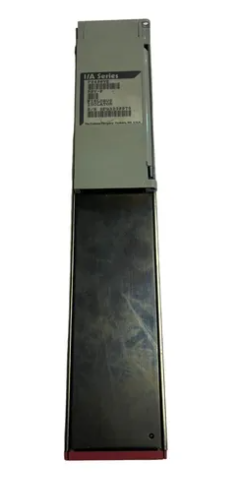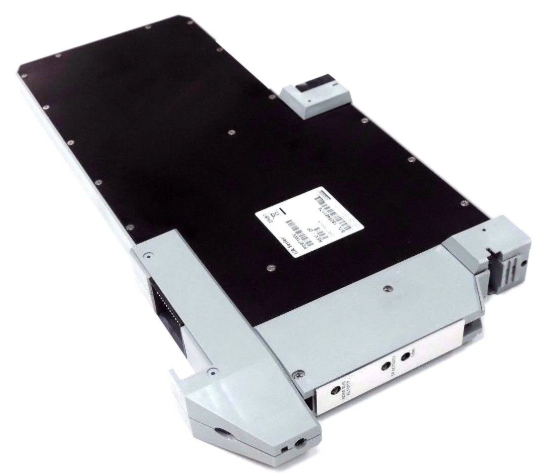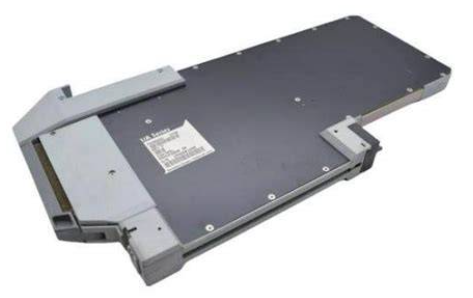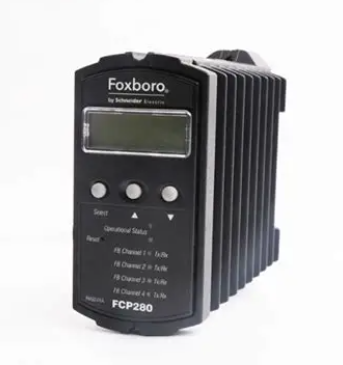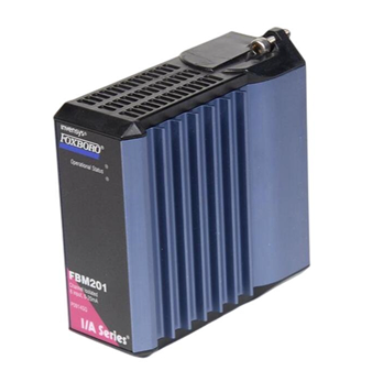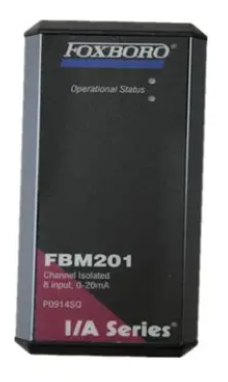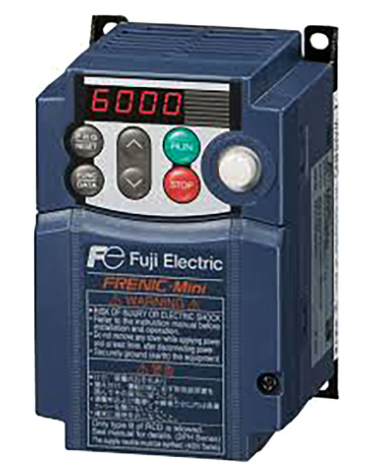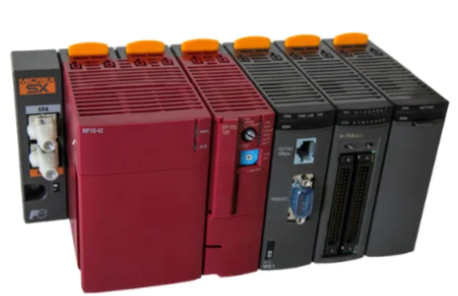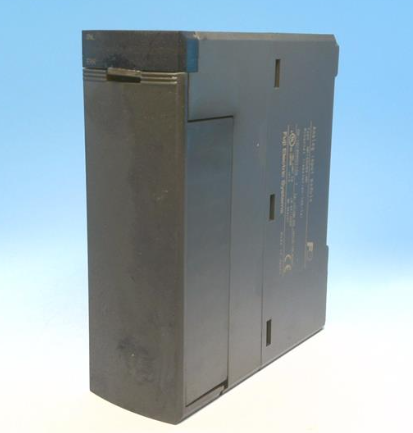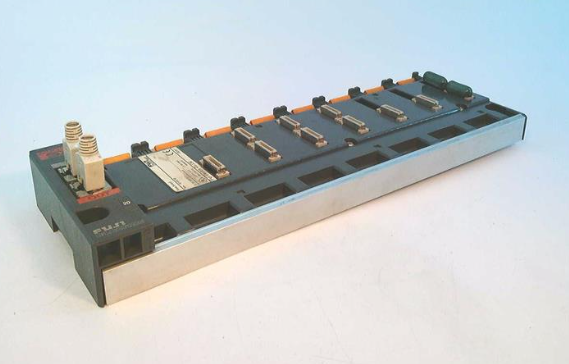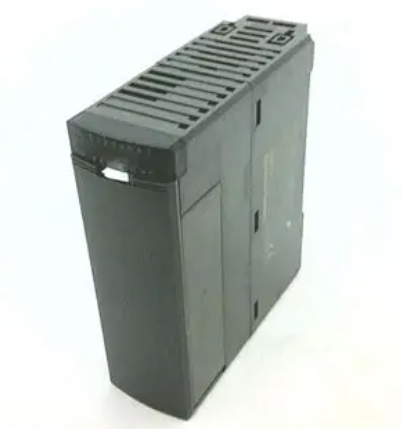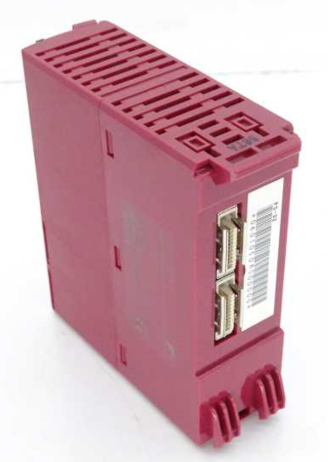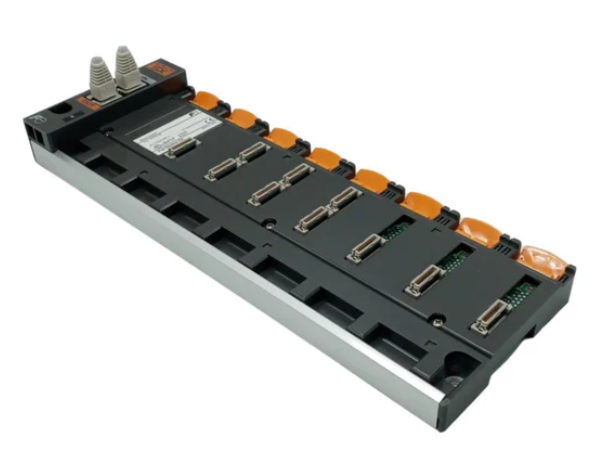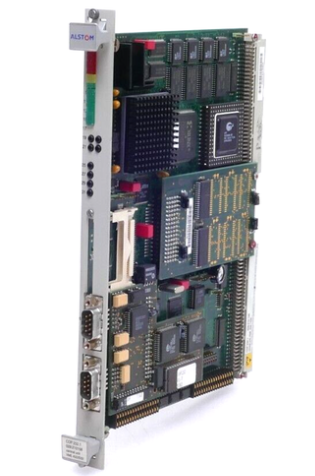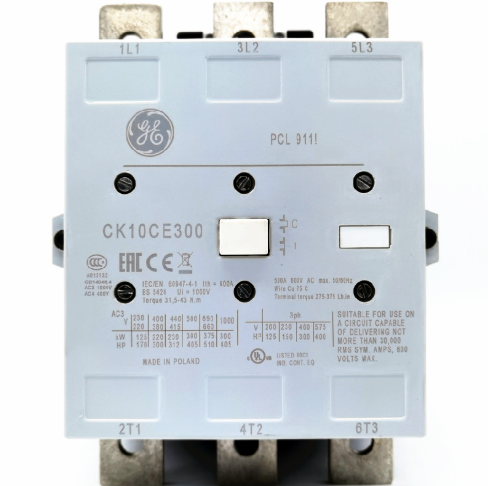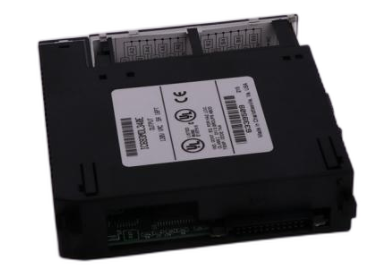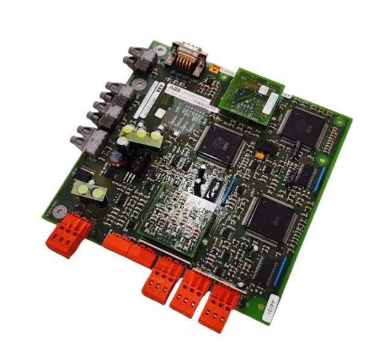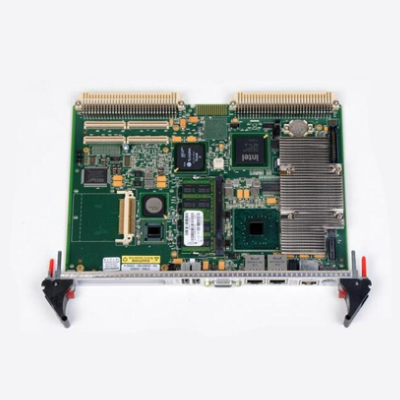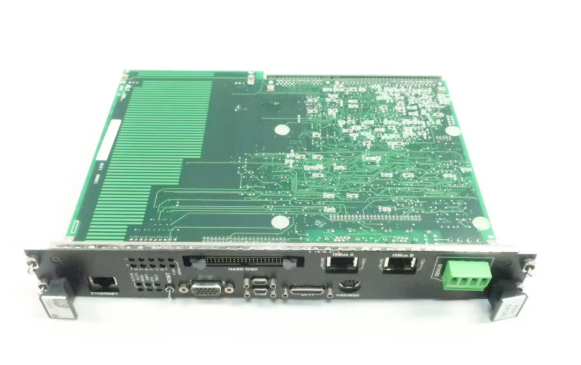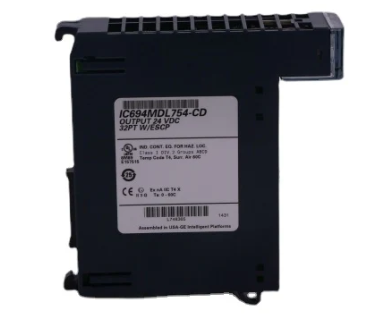Problems in the utilization of sewage resources
The national level has attached great importance to water pollution control, sewage treatment technology has developed rapidly and achieved remarkable results, but the resource utilization of sewage is still in the preliminary stage, the development is not sufficient, and the utilization level is low. At present, the discharge of urban sewage is about 75 billion m³, and the amount of renewable water conservancy is less than 10 billion m³, which needs to be accelerated. Most coal chemical enterprises are built in water-scarce areas, and the resource utilization of industrial wastewater can minimize the shortage of water resources. At present, the main problems of sewage resource utilization are as follows:
1. Policies, regulations, management mechanisms and standard systems are not sound
At the national level, there are many laws and regulations on the policy of sewage resource utilization, but the connection of laws and regulations is not good, lack of coordination, and short board. The policies, planning, supervision and management of the relevant departments of the government lack coherence. There is a lack of coordination in sewage collection and recycling treatment, and some industrial wastewater is mixed into urban sewage systems, increasing the environmental risks of recycled water and sludge utilization. The problem is mainly reflected in the following aspects: First, the incentive mechanism and supervision system are not perfect, and the lack of reasonable charges and incentive mechanisms has led to the low enthusiasm of enterprises for regenerating water with thousands of ecological environment. Second, the lack of sewage resource utilization target determination mechanism, supervision and management system is not perfect, resulting in planning goals difficult to achieve. Third, the standard system is not perfect, the coverage of reclaimed water utilization water quality standard is not comprehensive, and the water quality classification standard is missing; The discharge standard of sewage treatment plant, water environment quality standard and water quality standard of reclaimed water ecological environment utilization lack coordination and coordination; Lack of sewage resource utilization benefit evaluation standards, ecological environmental risk management standards, technical standards, equipment standards and service and supervision standards.

2. The planning of reclaimed water utilization and the construction of facilities are not coordinated
The recycled water utilization plan lacks binding force, and the types of industrial projects introduced in the park often exceed the planning scope, affecting the normal operation of sewage treatment facilities. The positioning of industrial agglomeration area often changes with the situation of economic development, and the way out of "three wastes" is rarely considered from the perspective of the complementarity of circular economy and technological economy. Changes in the introduction of industrial projects have made it difficult for the centralized wastewater treatment facilities built according to the original plan to operate normally, and some even cannot operate normally. For the coal chemical industry and coal mine water problems, the more prominent is that the coupling degree is not enough, the distance is far, it belongs to thousands of different owner units, coordination is difficult, and the displacement and resource utilization are also difficult to match.
3. The theoretical research of sewage resource utilization is insufficient and the scientific and technological support is not strong
The research on the risk and control of sewage resource utilization is insufficient. The utilization of reclaimed water is a complex non-traditional water supply project. Compared with the standard discharge of sewage and traditional water supply, the risk factors, exposure pathways, exposure amounts and risk generation mechanisms need to be studied in a targeted and systematic way. There are some problems such as low efficiency of wastewater recycling treatment process, immature energy and resource conversion technology and lack of original technology.
4. The design of sewage treatment plant in industrial agglomeration area does not match the needs of enterprises in the park
The design and construction standard of sewage treatment plant in industrial agglomeration area can not meet the requirements of wastewater treatment in industrial park. In the construction of sewage treatment plants in many industrial agglomeration areas, the feasibility of industrial wastewater treatment and discharge up to standard is not demonstrated from a technical point of view, but the design idea of urban sewage treatment plant is adopted for construction, and the pollution control idea is rarely proposed from the characteristic pollutants of industrial wastewater, and the lack of pretreatment links and wastewater quality control means. Due to the lack of detailed provisions on toxic and harmful substances, especially organic poisons, in policies, regulations and related discharge indicators, and the lack of binding indicators on takeover conditions, many enterprises have blindly adopted various means, even adding water dilution, and pursued the "standard discharge" of wastewater indicators (especially COD). As a result, organic pollutants with biological toxicity, biological inhibition and difficult biodegradation in wastewater enter the park centralized sewage treatment plant without effective control. Some enterprises discharge wastewater with high biodegradability, which promotes the stable operation of the wastewater treatment plant in the industrial agglomeration area. However, in order to meet the unified take-over standards, biochemical pretreatment facilities have been built to remove useful components such as carbon sources, which is not conducive to the normal operation of the wastewater treatment plant in the park and the overall energy saving and emission reduction.
Countermeasures and suggestions for improving the level of sewage resource utilization
(1) Actively promote industrial recycling of waste water
(1) Industrial water should be prioritized to use urban reclaimed water. In water-scarce areas, industrial enterprises and parks should cooperate closely with urban reclaimed water production and operation units, plan and equip pipe network facilities, and use reclaimed water as the priority water source and the first water source for industrial water. Relatively dispersed coal mine water can be collected centrally, and if necessary, natural ditches can be used for temporary storage to avoid discharge into the river, resulting in waste.
(2) Vigorously promote the recycling of industrial wastewater. Promote the integration and optimization of water use systems within and between enterprises in industrial parks, and realize serial water use, differentiated water use, multi-use and recycling of water. We will promote the monitoring and evaluation of water quality and the construction of a water management system for industrial recycling of waste water. Comprehensive integration and demonstration of water recycling technology will be carried out in typical areas, and demonstration models will be created for the coordinated efforts of wastewater recycling technology, engineering and services, management, and policies.

2. Accelerate the ecological and environmental utilization of urban sewage
Areas with conditions can make full use of urban sewage in adjacent industrial areas. The quantity of urban sewage is large, the quality is stable, the utilization potential is huge, and the potential benefit is remarkable. In recent years, the construction of sewage treatment facilities in China has developed rapidly, and the treatment capacity and effluent quality have been continuously improved, laying a good foundation for the utilization of recycled water. Therefore, the Guiding Opinions require that all regions rationally lay out the infrastructure for the utilization of recycled water on the basis of existing sewage treatment plants; New urban areas in cities with severe water shortage should be adapted to local conditions, plan and layout the reclaimed water pipe network in advance, and carry out construction in an orderly manner. At present, the effluent quality of most urban sewage treatment plants in China is good, especially the main water quality indicators such as chemical oxygen demand, ammonia nitrogen and total phosphorus, which can fully meet the requirements of industrial water intake.
3. Strengthen scientific and technological support and improve the standard system
We will strengthen scientific and technological support for the utilization of sewage resources. Strengthen the basic research on the risk and control of sewage resource utilization, and develop the theory and method system of standard formulation of recycled water utilization; Research and development of integrated low-cost, high-performance waste water recycling and treatment technologies, processes and equipment. We will improve the standard system for the utilization of sewage resources. Research on statistical methods and systems of sewage resource utilization, evaluation methods and norms of sewage resource utilization benefits, and form a scientific and unified statistical system. We will accelerate the formulation of technical specifications and risk management standards for the ecological and environmental utilization of recycled water, and gradually formulate and revise standards for the classification and quality of sewage resource utilization, evaluation standards and supervision standards.
4. Accelerate the promotion of environmental pollution treatment model
Professional company management is the general direction. The third party treatment of environmental pollution has become a new model of pollution control, that is, from "who pollutes, who governs" to "who pollutes, who pays". According to the requirements of the Notice of the General Office of the Ministry of Ecology and Environment of the National Development and Reform Commission on In-depth Promotion of third-party Environmental Pollution Management of the Park (Environmental Information (2019) No. 785) document, the Park is encouraged to carry out third-party governance through the declaration of the provincial Development and Reform Commission, the ecological environment department, and the expert review of third-party institutions. We will guide the active participation of social capital and establish a new mechanism of payment based on performance, third-party governance, government supervision and social supervision. Innovate the governance model, standardize the treatment and disposal methods, enhance the processing capacity, and realize the continuous improvement of the environmental quality of the park; Innovative policy guidance, explore long-term supervision mechanisms for pollution control in the park, promote the "marketization, specialization, and industrialization" of third-party governance, improve the overall level of pollution control and pollutant emission control in the park, and form replicable and popularizable practices and successful experiences.

5. Perfect and reasonable price system
China has long regarded wastewater as "waste", but not as a resource, so China's current main sewage treatment industry, mainly capital input, no output, input funds, from the government and residents pay, wastewater as a pollutant directly discharged. Water shortage areas can add new investment, and the treated water quality can be upgraded from the standard discharge to the level of four or more categories, and the sewage can be used as a commodity or resource, with value. Perfect and reasonable pricing system, taking into account the interests of various parties on the basis of determining reasonable pricing, sewage as a resource or commodity, will greatly reduce the pressure of water shortage.
6. We will promote the trusteeship service model for comprehensive environmental governance
The "13th Five-Year Plan for Ecological Environmental Protection" (Guofa (2016) No. 65) proposed to "carry out pilot programs for comprehensive environmental management and trusteeship services in small towns and parks." In the "13th Five-Year Plan for the Development of National Strategic Emerging Industries" (Guofa (2016) No. 67), it is proposed to "carry out the pilot of third-party environmental pollution treatment and the pilot of trusteeship services for comprehensive environmental treatment". The "Guiding Opinions on Actively Playing the Role of Environmental Protection to Promote Supply-side Structural Reform" (Huanatmospheric (2016) No. 5) proposes that "conditional industrial parks are encouraged to hire third-party professional environmental protection service companies as" environmental stewards "to provide integrated environmental protection services and solutions such as monitoring, supervision, construction and operation of environmental protection facilities, and pollution control to the parks." On June 13, 2017, the National Development and Reform Commission issued the "Service Industry Innovation Development Outline (2017-2025)" (Development and Reform Plan (2017) No. 1116), proposing to "promote the trusteeship of comprehensive environmental management in industrial parks and small towns". In the same year, the Ministry of Ecology and Environment initiated a project to carry out the "Case Study on the trusteeship Service Model of Comprehensive Environmental Governance" to provide support for the research and development of relevant policies on the demonstration and promotion of the trusteeship service model of comprehensive environmental governance.
- EMERSON
- Honeywell
- CTI
- Rolls-Royce
- General Electric
- Woodward
- Yaskawa
- xYCOM
- Motorola
- Siemens
- Rockwell
- ABB
- B&R
- HIMA
- Construction site
- electricity
- Automobile market
- PLC
- DCS
- Motor drivers
- VSD
- Implications
- cement
- CO2
- CEM
- methane
- Artificial intelligence
- Titanic
- Solar energy
- Hydrogen fuel cell
- Hydrogen and fuel cells
- Hydrogen and oxygen fuel cells
- tyre
- Chemical fiber
- dynamo
- corpuscle
- Pulp and paper
- printing
- fossil
- FANUC
- Food and beverage
- Life science
- Sewage treatment
- Personal care
- electricity
- boats
- infrastructure
- Automobile industry
- metallurgy
- Nuclear power generation
- Geothermal power generation
- Water and wastewater
- Infrastructure construction
- Mine hazard
- steel
- papermaking
- Natural gas industry
- Infrastructure construction
- Power and energy
- Rubber and plastic
- Renewable energy
- pharmacy
- mining
- Plastic industry
- Schneider
- Kongsberg
- NI
- Wind energy
- International petroleum
- International new energy network
- gas
- WATLOW
- ProSoft
- SEW
- wind
- ADVANCED
- Reliance
- YOKOGAWA
- TRICONEX
- FOXBORO
- METSO
- MAN
- Advantest
- ADVANCED
- ALSTOM
- Control Wave
- AB
- AMAT
- STUDER
- KONGSBERG
- MOTOROLA
- DANAHER MOTION
- Bently
- Galil
- EATON
- MOLEX
- Triconex
- DEIF
- B&W
- ZYGO
- Aerotech
- DANFOSS
- KOLLMORGEN
- Beijer
- Endress+Hauser
- MOOG
- KB
- Moxa
- Rexroth
- YAMAHA
- Johnson
- Westinghouse
- WAGO
- TOSHIBA
- TEKTRONIX


Email:wang@kongjiangauto.com































